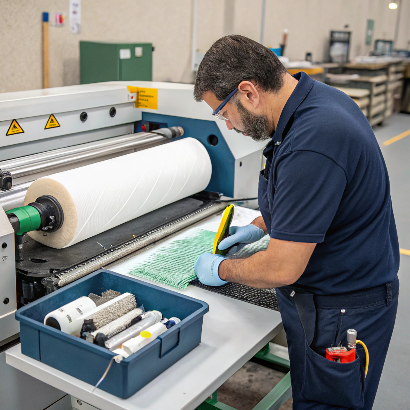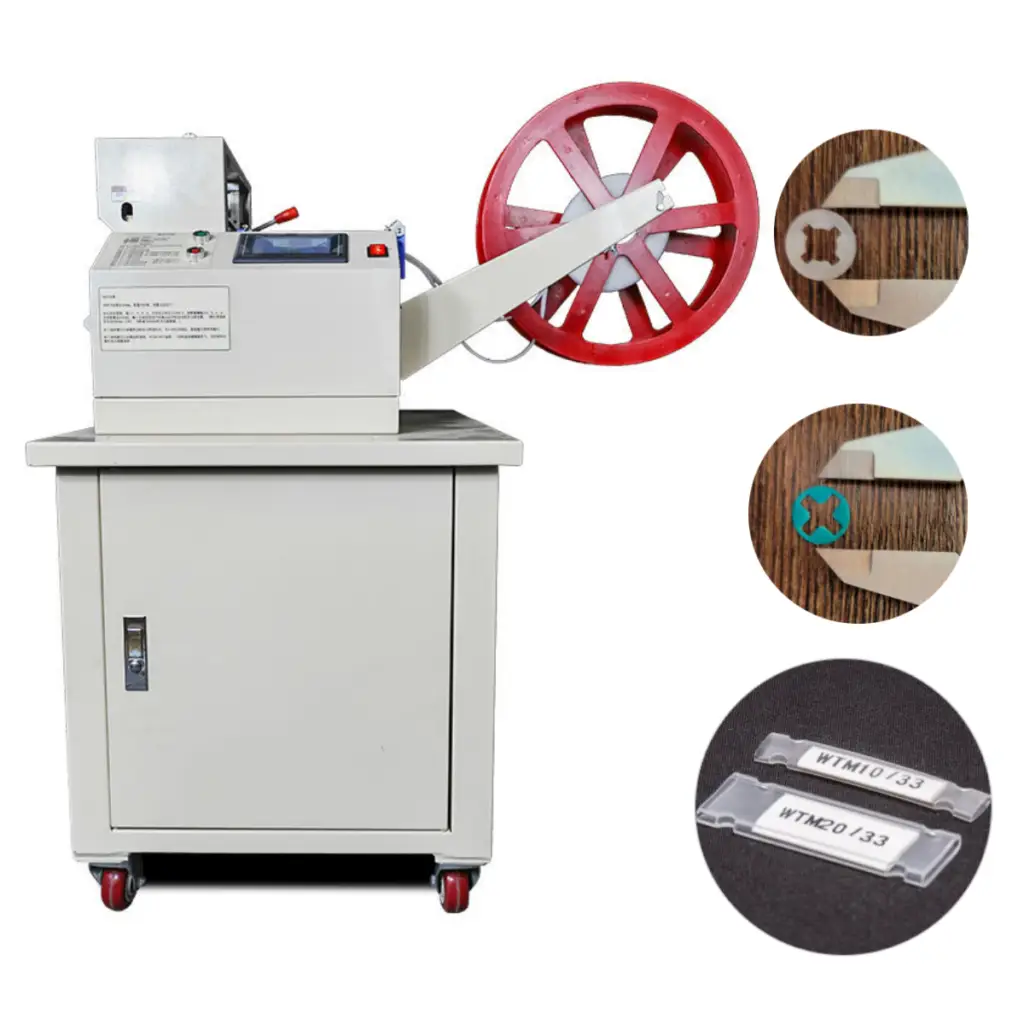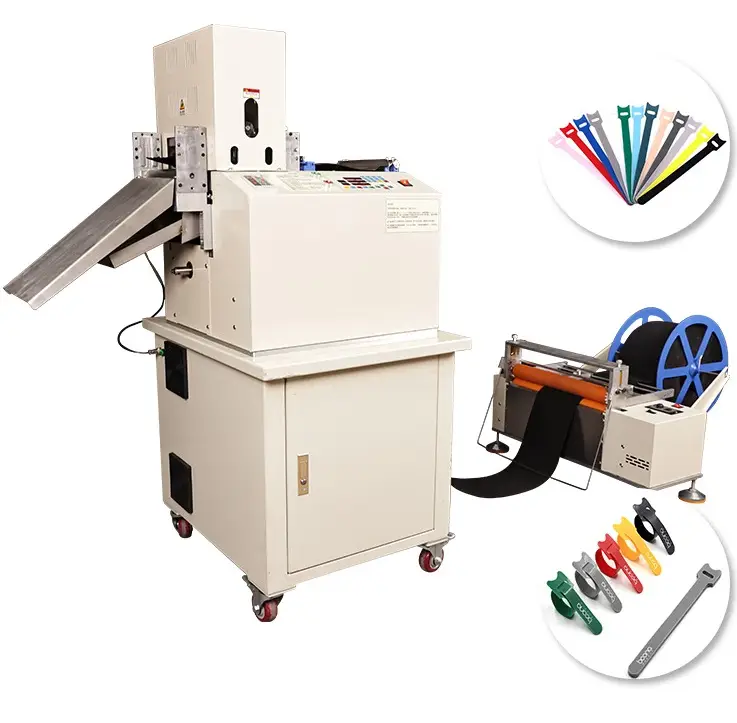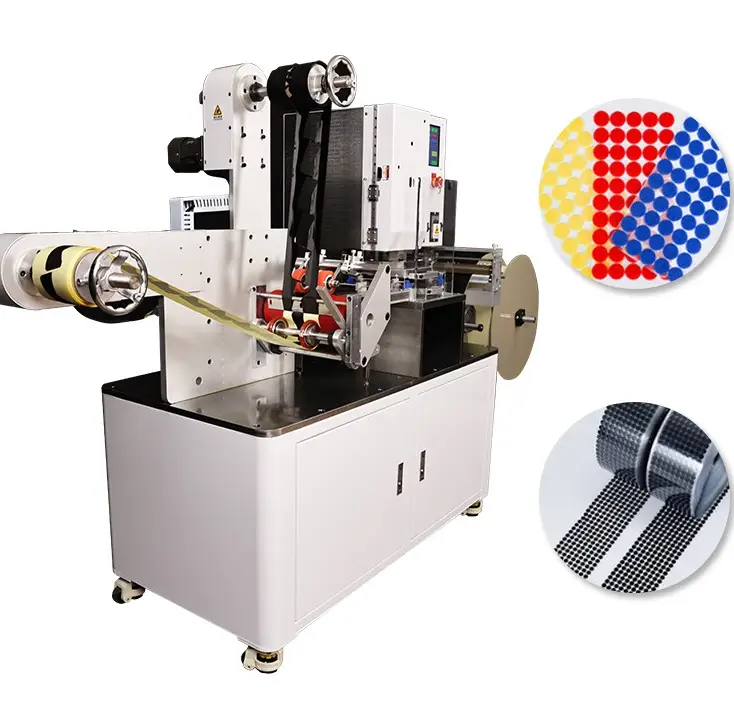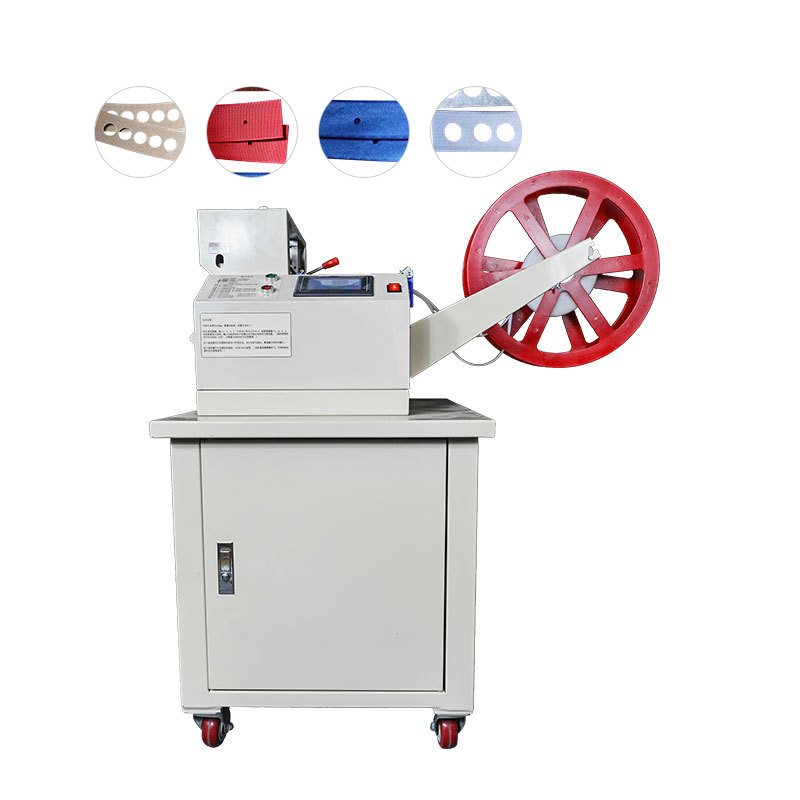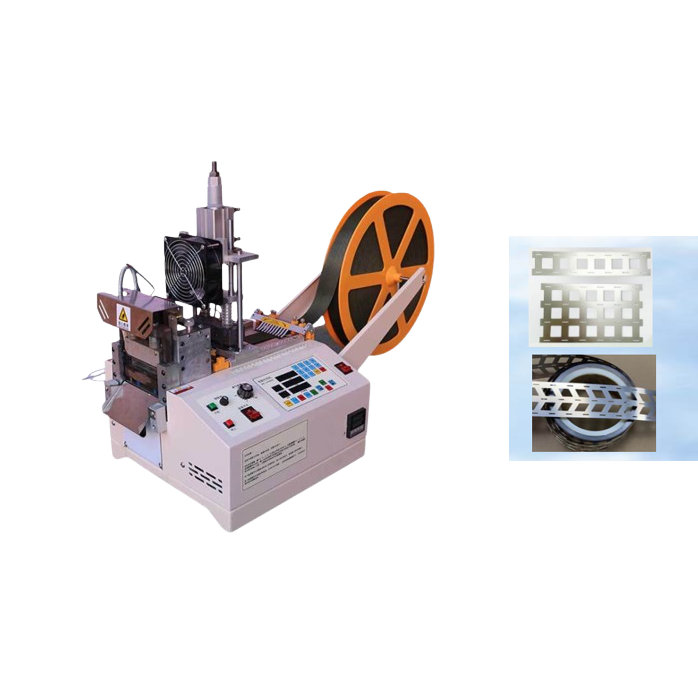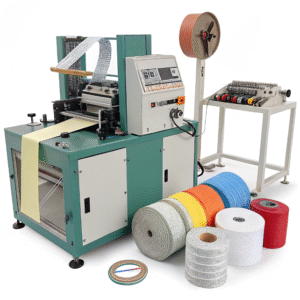What maintenance is required for a Velcro cutting machine?

Machines cutting Velcro face heavy wear from synthetic fibers and heat exposure.
Velcro cutting machines require regular cleaning, blade inspection, and lubrication—ideally every 100–200 hours of operation—to stay in optimal condition.
Proper maintenance of a Velcro cutting machine is essential for optimal performance and longevity. Key tasks include regularly cleaning the blade and guide rails, removing debris, inspecting and tightening parts, and sharpening the blade as needed. Lubricating moving components and keeping software updated also prevent wear and technical issues. Ensure proper alignment and operate in a well-ventilated, shaded environment. Regular upkeep minimizes downtime, maintains cut quality, and extends machine lifespan.
Maintaining a Velcro cutting machine involves several essential tasks to ensure reliable operation and long-term durability:
Regular blade inspection, sharpening, and replacement1: Blades that become dull or damaged can cause uneven or inaccurate cuts. To maintain precision, inspect blades frequently and sharpen or replace them as necessary.
Cleaning the cutting area and feed system: Removing debris, fabric fibers, and adhesive buildup helps prevent jams and ensures smooth, uninterrupted operation.
Adjusting and calibrating tension settings: Consistent tension control is vital to avoid slippage or misalignment during the cutting process.
Lubrication of moving components: Oiling gears, bearings, and mechanical parts regularly reduces friction and wear, extending the machine’s lifespan.
Electrical and sensor system checks: Regularly inspect the wiring, sensors, and control systems to ensure all safety and automation features work correctly, minimizing unexpected downtime.
Monitoring performance and cutting speed: Keep track of machine output and responsiveness to detect early signs of mechanical wear or reduced efficiency.
Following the manufacturer’s preventive maintenance schedule2: Adhering to recommended service intervals helps identify potential issues before they escalate.
Utilizing built-in alarms and notifications: Many machines include alerts that notify operators when maintenance or material replacement is required, helping maintain productivity.
Consistent and proactive maintenance ensures high cutting accuracy, minimizes operational disruptions, extends equipment life, and supports efficient, high-volume production.
I’ve seen many buyers lose production days because they underestimated routine upkeep. Let’s explore how to keep your machine running like new.
How often should you service a Velcro cutter?
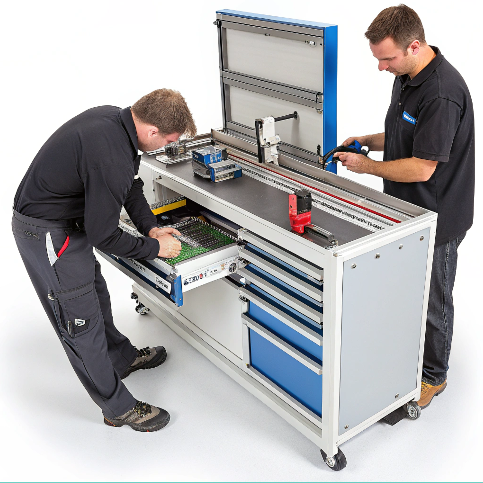
When cutting Velcro, fibers and adhesive residue can build up fast.
You should inspect and service your Velcro cutting machine every 2–4 weeks, or after every 100 hours of cutting, depending on usage intensity.
Most of our customers at Suzhou Haoxinhe Electrical Equipment Co., Ltd.—especially those running five days a week—use this rule of thumb to avoid downtime. In my experience, consistent servicing prevents 80% of machine faults.
🧹 Weekly Checks: Clean Dust, Fiber Residue, and Surfaces
Velcro, being made of nylon or polyester loops, sheds micro-fibers that can clog up the machine over time. Weekly cleaning prevents system jams and overheating.
What to clean:
- Cutting blade area – wipe off any build-up
- Feeding rollers – remove trapped fiber
- Sensor lenses – ensure nothing blocks detection
Use a soft brush or air blower for delicate components. Avoid wet cloths near electronics.
🛠 Monthly Maintenance: Blade, Motor, and Feed Systems
Every month—or sooner if your workload is heavy—you should check for wear and tear on essential moving parts. I usually recommend the following checklist to my clients:
Key inspection points:
| Part | Check for | Action |
|---|---|---|
| Blade | Dull edges or uneven wear | Replace or sharpen |
| Motor | Unusual noise or overheating | Lubricate bearings |
| Belt & pulley | Looseness | Adjust tension |
| Control panel | Lagging input or flickering display | Inspect wiring |
Suzhou Haoxinhe’s hot and cold cutting machines come with self-diagnostic features that alert you to some of these issues. But manual checks are still essential.
🧴 Quarterly Maintenance: Full Calibration and Lubrication
Every 3–4 months, schedule a full machine calibration. Especially for high-speed models like our webbing ribbon cutting machine or automatic punching cutting machine, even slight misalignments can affect cut quality.
Quarterly tasks:
- Lubricate guide rails and gears
- Calibrate blade height and feed speed
- Check temperature sensors for heat cutters
If you’re using our bubble wrap cutting machine or protective foam cutting machine, quarterly maintenance can extend lifespan by over 20%, based on case studies from our European buyers.

🔄 Service Frequency Based on Operation Type
Some clients, like Mark in Canada, run cutting machines for different materials under one roof. So I advise them to use this general guideline:
| Usage Type | Service Frequency |
|---|---|
| Light (under 4 hrs/day) | Every 4 weeks |
| Medium (4–8 hrs/day) | Every 2–3 weeks |
| Heavy (8+ hrs/day) | Weekly and monthly alternation |
Our factory team at Suzhou Haoxinhe Electrical Equipment Co., Ltd. also offers remote support and video maintenance tutorials, especially after international shipments. This is especially useful for customers sourcing cutting machines from China who may be unsure about setup.

Conclusion
Stick to a regular maintenance schedule and your Velcro cutting machine will serve you for years with minimal issues.
At Suzhou Haoxinhe Electrical Equipment Co., Ltd., we design our webbing tape cutting machines and hot and cold cutting machines with easy maintenance in mind. For international B2B buyers, our maintenance guides and support services help you maximize uptime and extend machine life, whether you’re cutting Velcro, foam, or PVC edge banding.
Insights
In my 20 years supporting factories across Asia, North America, and Europe, I’ve learned that most cutting machine failures don’t happen because of design flaws—they happen because operators skip maintenance. One client in Eastern Europe lost an entire shipment because a buildup of Velcro fibers blocked a feed sensor. A five-minute weekly clean could’ve prevented it.
One insider recommendation I always give: set maintenance alarms inside your shift calendar—not just machine software. This keeps your line supervisors accountable and ensures checks aren’t forgotten during rush orders.
Another pro tip: rotate your blades before they dull, not after. Many clients wait until cut quality drops. But by then, rework and wasted materials have already cost you more than a spare blade.
Finally, our newest machines feature QR-coded parts manuals. When scanned, these link to video tutorials for cleaning, lubrication, and part replacement. International buyers love this—it bridges the language and training gap, ensuring your team runs like a well-oiled machine from day one.
